NASA announced the Artemis Program in 2017 to establish a long-term presence on the moon and use it as a springboard to Mars. The first Artemis mission, an unmanned test flight to the moon and back, is scheduled for 2022 after several delays.
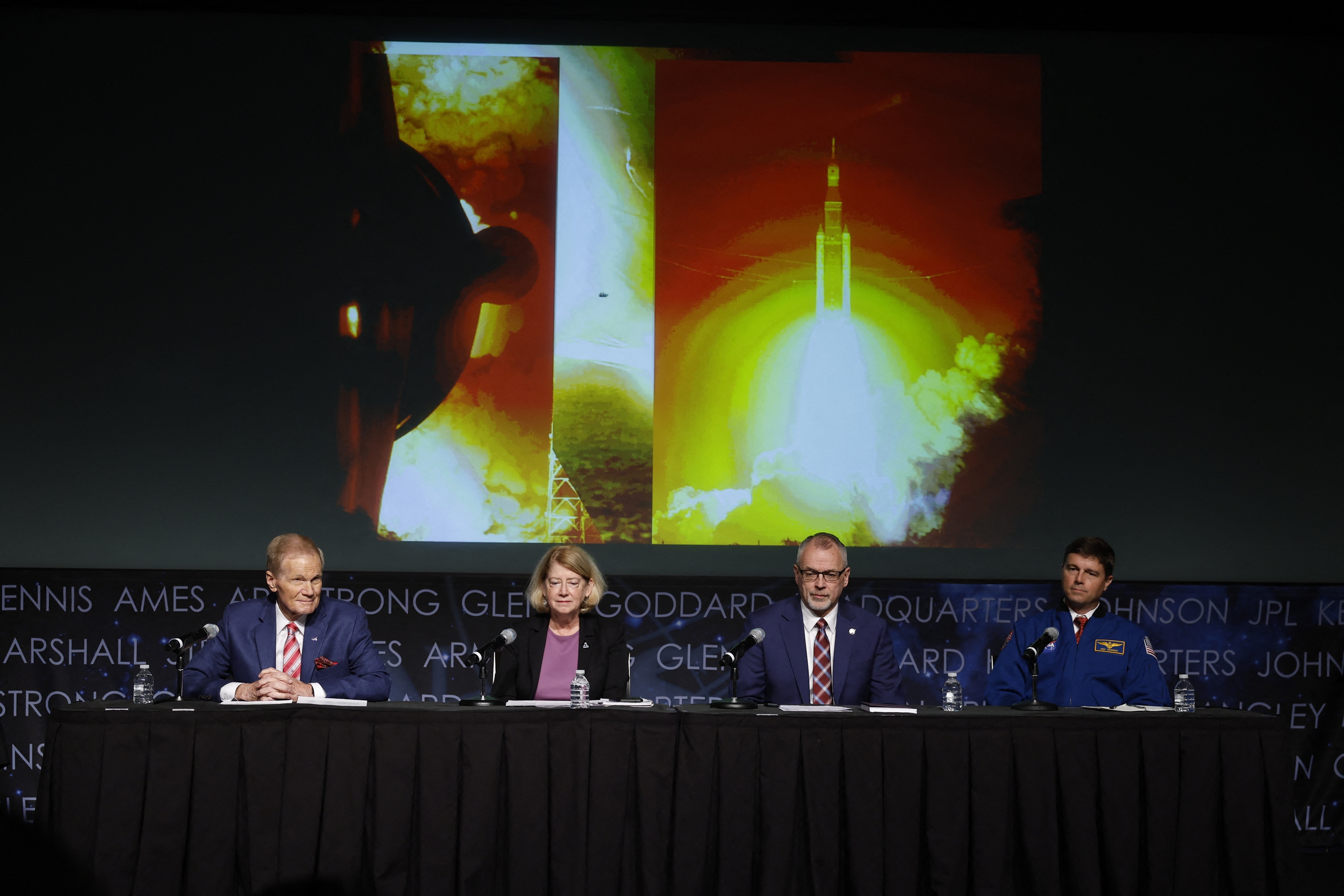
NASA Director Bill Nelson (left cover) at a press conference on December 5
After that mission, the Orion spacecraft's heat shield cracked and corroded in unexpected ways, and there were also problems with the ship's electrical and life support systems.
The above issues have caused the entire Artemis program schedule to be postponed. AFP quoted NASA officials on December 5 as saying that the Artemis 2 mission, a human flight across the moon, scheduled for September 2025, will be postponed to April 2026. Next, the Artemis 3 mission, expected to bring the first woman and the first person of color to the south pole of the moon on SpaceX's Starship spacecraft, will be pushed back to mid-2027.
"That's still much earlier than the Chinese government's stated intentions," NASA Administrator Bill Nelson said of China's plan to land humans on the moon by 2030. "The safety of our astronauts comes first. We won't fly until we're ready," Nelson added.
There are still many things that NASA needs to do to make these plans happen. The Starship spacecraft has been tested several times but has encountered problems. The spacesuit developed by Axiom is also in the process of being completed.
The Artemis program, established during Donald Trump's first term as president, represents an effort to return humans to the moon for the first time since the Apollo 17 mission in 1972.
President-elect Trump recently nominated former astronaut and billionaire Jared Isaacman as the next leader of NASA, suggesting a change for the aerospace industry in his second term. The Artemis program is estimated to cost $93 billion through 2025.
Source: https://thanhnien.vn/nasa-lai-doi-lich-dua-nguoi-tro-lai-mat-trang-185241206073531149.htm



![[Photo] Prime Minister Pham Minh Chinh chairs meeting to deploy overcoming consequences of storm No. 10](https://vphoto.vietnam.vn/thumb/1200x675/vietnam/resource/IMAGE/2025/10/3/544f420dcc844463898fcbef46247d16)

![[Photo] Students of Binh Minh Primary School enjoy the full moon festival, receiving the joys of childhood](https://vphoto.vietnam.vn/thumb/1200x675/vietnam/resource/IMAGE/2025/10/3/8cf8abef22fe4471be400a818912cb85)


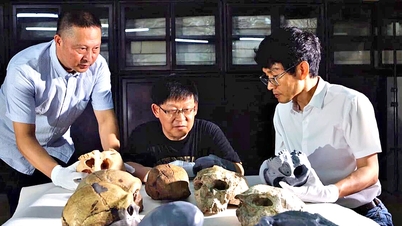

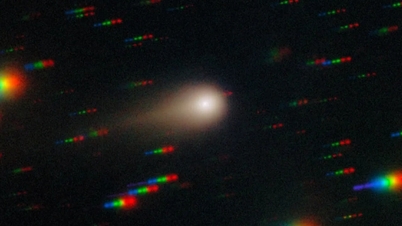





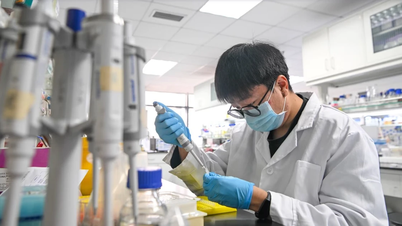

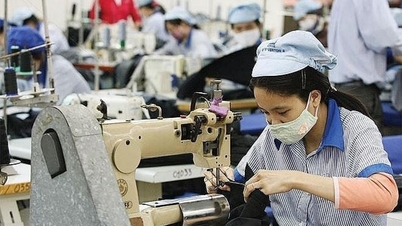




















































































Comment (0)